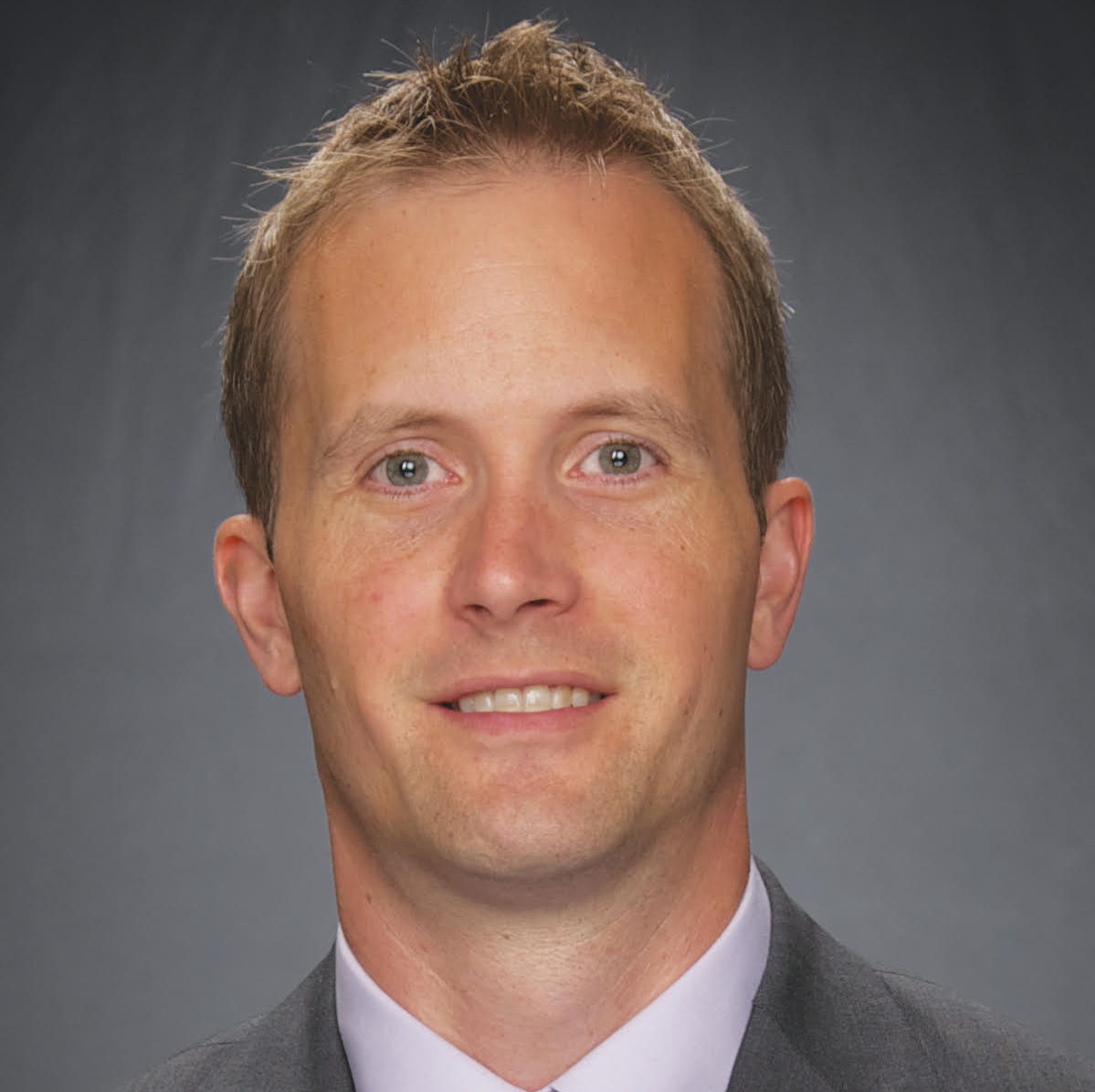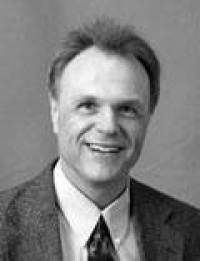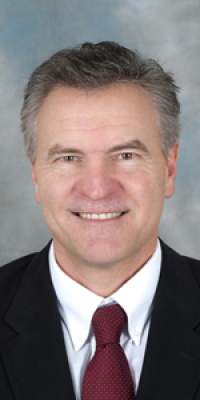Dr. Kurt William Graham MD
Physiatrist (Physical Medicine) | Physical Medicine & Rehabilitation
1100 9th Ave Seattle WA, 98101About
Dr. Kurt Graham is a physiatrist practicing in Seattle, WA. Dr. Graham is a medical doctor specializing in physical medicine and rehabilitation. As a physiatrist, Dr. Graham focuses on a patients ability to function, and can treat multiple conditions that affect the brain, nerves, spine, bones, muscles, joints, ligaments and tendons. Dr. Graham can diagnose and treat pain that is a result of injury, disease or a disabling condition. Physiatrists often lead a team of physical therapists, occupational therapists and physicians in a patients treatment or prevention plan.
Education and Training
Wayne State University School of Medicine 1984
Board Certification
Physical Medicine and RehabilitationAmerican Board of Physical Medicine and RehabilitationABPMR
Provider Details
Treatments
- Arthritis
- Parkinson's Disease
- Stroke
- Osteoarthritis
- Back Pain
- Cerebrovascular Disease
- Pain
- Degenerative Disc Disease (ddd)
- Abnormal Gait
- Stress Fracture
Dr. Kurt William Graham MD's Practice location
Practice At 1100 9th Ave
1100 9th Ave -Seattle, WA 98101Get Direction
Dr. Kurt William Graham MD's reviews
Write ReviewPatient Experience with Dr. Graham
Recommended Articles
- Ehlers-Danlos Syndrome: Symptoms, Causes, Diagnosis, and Treatment
What is Ehlers-Danlos syndrome (EDS)?Ehlers-Danlos syndrome (EDS) is a group of genetic disorders that affect the body’s connective tissues, which are proteins that support the blood vessels, skin, bones, and other organs in the body. Connective tissues also provide elasticity and strength to the...
- The Main Causes of Lower Back Pain
Brief AnatomyThe back is composed of layers of muscles that hold the spinal column in place. It is involved in moving, twisting, and bending, which is why the back is prone to muscle strain.The spinal column is made up of vertebrae that are divided into five regions. The spinal column provides...
- What Is Olecranon Bursitis?
Whenever a bursa is inflamed and becomes swollen, it causes a lot of pain around the affected area. The condition is called bursitis. The inflammation and swelling of the bursa are the causes of pain. The bursa is a sac filled with fluid, which is always located between the muscles, tendons, bones,...
- Are There Risks to a Spinal Stenosis Surgery?
Like any other surgical procedure, spinal stenosis surgery has its own risks and possible complications. However, if performed correctly by professional medical staff, the possibility of any complication after the surgery is low.The potential risks and possible complications following a spinal...
- Reasons Why You Need a Laminectomy
What is laminectomy?If you have back pain that is severe enough to interfere with your day-to-day activities and other medications fail to work, you might eventually need surgery to get it fixed. Laminectomy is the surgical procedure that will be performed on your back in this case. It involves the...
- What Is Oromandibular Dystonia?
Oromandibular DystoniaOromandibular dystonia is a type of focal dystonia. This condition is also called cranial dystonia, in which the face, jaw, or tongue forcefully contracts and becomes difficult to open and close the mouth. Thus, a person's speech and ability to chew are affected. Cranial...
Nearby Providers
- Dr. Michael Hatzakis M.D.4140 Factoria Blvd SE Bellevue WA 98006
- Dr. Erik Stanton Brand MD, MSC1750 112th Ave Ne Bellevue WA 98004
- Dr. Garrett S. Hyman M.D.1600 116TH AVE NE BELLEVUE WA 98004
- Dr. Eva Young MD601 Broadway Seattle WA 98122
- Dr. Jeffery Edward Fitzthum M.D.549 MAIN ST EDMONDS WA 98020
- Dr. Martin K Childers DO, PHD1959 NE PACIFIC ST SEATTLE WA 98195
Nearest Hospitals
SWEDISH MEDICAL CENTERl
747 BROADWAY SEATTLE WA 98122HARBORVIEW MEDICAL CENTERl
325 9TH AVENUE SEATTLE WA 98104SWEDISH MEDICAL CENTER / CHERRY HILLl
500 17TH AVENUE SEATTLE WA 98122










